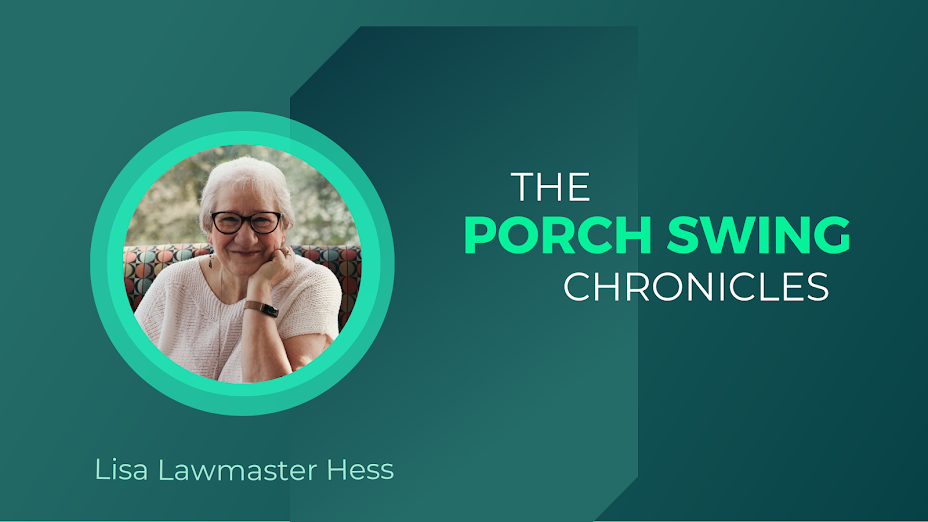Welcome back to my Friday Feature! As you might have noticed in my last Friday Feature post, I've finished reading some of the books I'm writing about, I'm in the middle of others, and have yet to start the rest. Sometimes, as in the case of this pile, the books are all in the same post because they look good together. Often, they also have something in common.
Whenever I travel, I try to visit a local, independent bookstore and make a purchase. Drift was purchased at Browseabout Books in Rehoboth Beach, DE, and Your Guide to Not Getting Murdered in a Quaint English Village was purchased at Inkwood Books in Haddonfield, NJ.
I was traveling with my daughter when we came across Your Guide to Not Getting Murdered in a Quaint English Village, and it cracked both of us up, so I bought a copy to share with my daughter and a copy for a friend. It is, as you can imagine, an easy and humorous (if somewhat predictable) read, something it shares with the other red book in the pile, The Best of the Rejection Collection.
The Best of the Rejection Collection features cartoons rejected by The New Yorker and it's fun to pick up and page through. It's one of the books that has earned a place of honor on the table beside my chair in our family room for exactly that reason. Some of the cartoons are cerebral, some are political, and some are a bit too racy for The New Yorker, but most are funny, something I appreciate more and more.
Rachel Maddow's Drift is the most serious book in this pile, and it's been on my TBR pile for a while now -- so long, that I'm not sure what attracted me to it in the first place (besides the author). I just started it a month or so ago, and don't yet have an opinion. While I am a fan of Rachel Maddow, I don't read a lot of history-related books, so we'll see if I make it to the end of this one.
What are you reading? Have you read any of these? Share your thoughts and/or recommendations in the comments :-)











